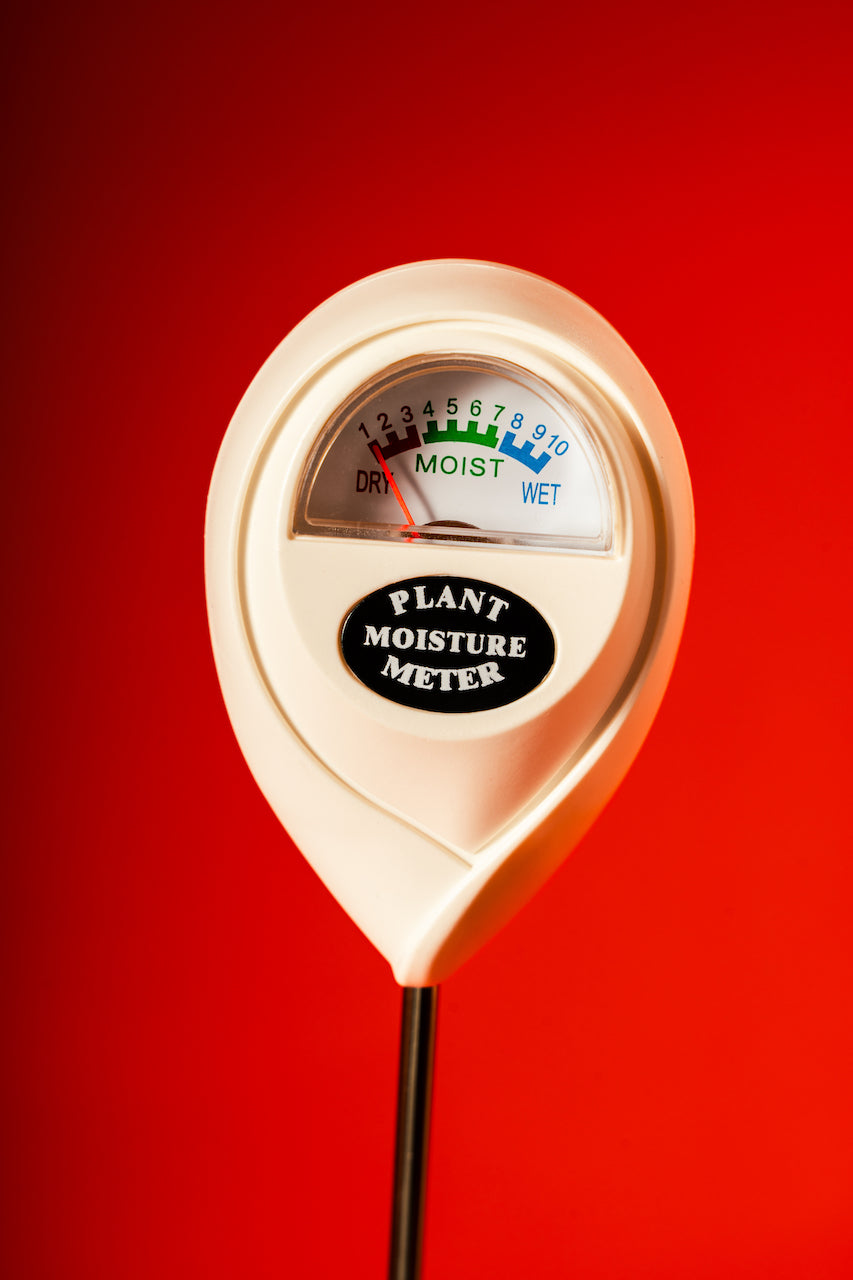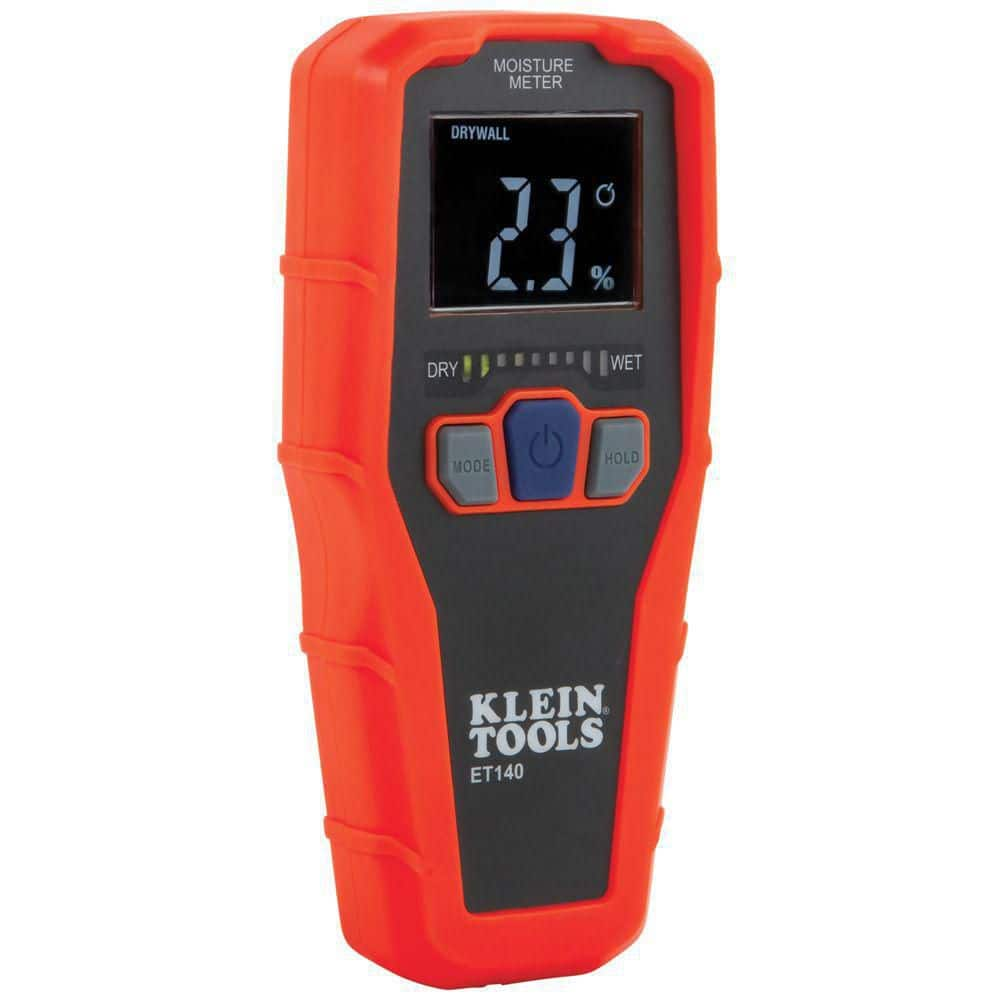The Scientific Research Behind Moisture Meters: Just How They Function and Why They're Crucial
The Scientific Research Behind Moisture Meters: Just How They Function and Why They're Crucial
Blog Article
Comprehending the Importance of a Moisture Meter in Stopping Mold and Water Damage in Your Home
In the realm of home maintenance, the existence of dampness can usually be a quiet yet powerful opponent, qualified of creating prevalent mold and mildew growth and insidious water damage if left uncontrolled. Comprehending the value of a wetness meter in this fight is not just an option yet a strategic need.
Significance of Moisture Discovery
Effective moisture detection methods are vital for guarding buildings and avoiding prospective mold growth and water damage. Moisture can seep into various building products, bring about structural concerns and carcinogen. By making use of a moisture meter, homeowner can proactively identify locations vulnerable to excess dampness, enabling prompt treatment and mitigation techniques.
Moisture meters provide precise readings of moisture degrees in different materials such as timber, concrete, and drywall. This information helps in determining areas of concern, also in surprise or hard-to-reach places. Early discovery of wetness accumulation makes it possible for punctual repairs or changes to stop further damages.

How Moisture Meters Work
Dampness meters play a critical function in the positive recognition of excess wetness, helping in the avoidance of potential mold development and water damage by giving precise analyses of moisture levels in numerous building materials. Some progressed moisture meters integrate both pin and pinless innovations for detailed wetness detection. Recognizing how moisture meters function is crucial for prompt and precise moisture level assessments, making it possible for reliable preventative actions versus mold and water damage.
Finding Early Caution Indicators
Upon initial examination of a property, recognizing subtle indications of excess dampness becomes important in the very early detection of possible mold growth and water damage. Some common very early indication include moldy smells, water spots on wall surfaces or ceilings, peeling off paint or wallpaper, and distorted or discolored surface areas. Musty odors commonly show the existence of mold and mildew or mold, also if no visible indications are evident. Water discolorations can signal leakages or infiltration, while peeling paint or wallpaper might be a result of dampness jeopardizing the attachment of these materials to the surface. Warped or tarnished surfaces, such as distorting floorboards or blemished drywall, are clear indications of water damage. In addition, a rise in allergic reaction signs or breathing concerns amongst residents may suggest the visibility of mold because of excess moisture. By promptly determining and attending to these very early indication, property owners can reduce the threat of comprehensive mold development and water damages in their residential properties.
Stopping Mold And Mildew Growth
Identifying early warning indicators of excess dampness within a building not only allows timely detection of possible mold development and water damages but also acts as a positive measure in preventing the spreading of mold and mildew. To properly avoid mold development, it is essential to address any type of sources of dampness go to this site immediately. This can consist of fixing leaks in roof coverings, pipes, or windows, guaranteeing correct air flow in damp locations like cooking areas and washrooms, and using dehumidifiers in high-humidity spaces. On a regular basis checking and preserving the property's plumbing, roofing, and rain gutters can likewise assist in stopping water intrusion that could result in mold growth.
Checking dampness levels in locations vulnerable to moisture, such as cellars and creep rooms, utilizing a wetness meter can also help in early detection of elevated dampness degrees and prospective mold and mildew growth - Moisture Meter. By taking aggressive actions to stop excess moisture and mold and mildew development, property owners can safeguard their residential or commercial property and indoor air high quality.
Benefits of Regular Monitoring
Regular surveillance of moisture levels in a residential or commercial property can play a critical role in maintaining a healthy interior environment and protecting against possible mold and mildew and water damage. By regularly examining moisture degrees, homeowners can identify any type of problems immediately and take required actions to avoid mold and mildew development and water damage. Among the crucial benefits of normal tracking is very early discovery. By recognizing and resolving high dampness levels early, homeowners can intervene before mold has the opportunity to spread and establish. This proactive approach can conserve both money and time in the lengthy run by protecting against substantial mold removal and repair work costs.
Furthermore, regular monitoring enables home owners to track patterns and patterns in dampness degrees over time. Ultimately, the regular tracking Click This Link of moisture degrees empowers homeowners to shield their residential or commercial property, protect their wellness, and preserve the stability of their indoor setting.

Conclusion

By utilizing a moisture meter, home proprietors can proactively recognize locations vulnerable to excess moisture, enabling for timely treatment and reduction approaches.

Keeping an eye on moisture levels in areas prone to dampness, such as basements and crawl areas, making use of a moisture visit site meter can additionally aid in early discovery of elevated moisture levels and possible mold and mildew development. (Moisture Meter)
Report this page